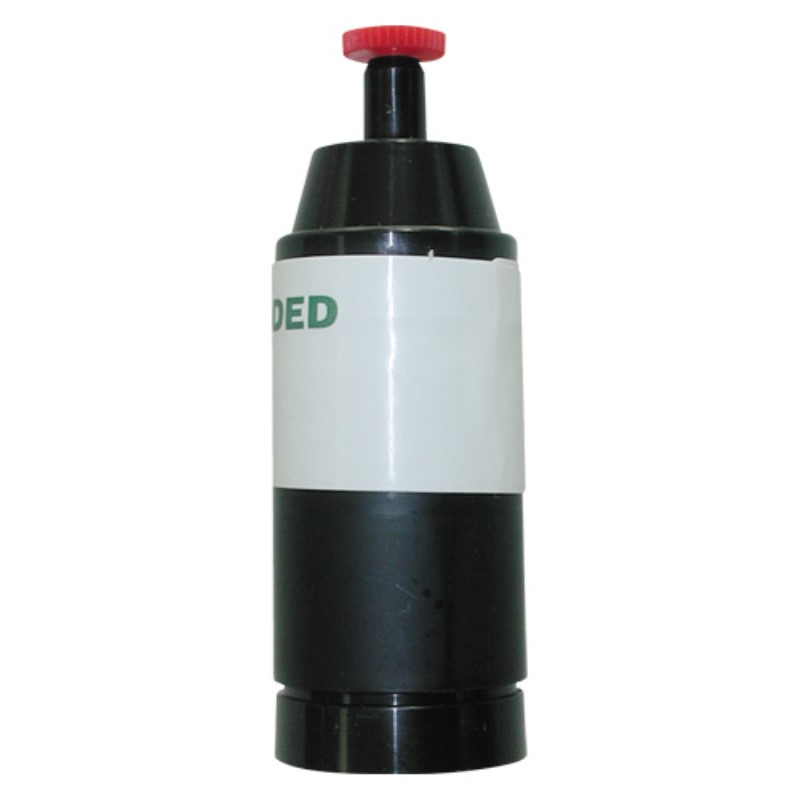Your Guide to Effective Asbestos Checking Procedures
Asbestos testing treatments are a critical component of guaranteeing the safety and security of interior atmospheres, especially in older structures where this harmful material might be present. The potential health threats associated with asbestos exposure make it important to approach testing with accuracy and thoroughness. From recognizing the residential properties of asbestos to properly translating test results, an extensive overview can furnish individuals with the knowledge and tools needed to browse this intricate process. Keep tuned to uncover the vital actions and considerations that can help you guard versus the risks posed by asbestos.
Comprehending Asbestos and Its Risks
Asbestos, a normally occurring mineral recognized for its heat resistance and durability, poses serious health and wellness risks when its fibers are breathed in or consumed. Asbestos Air Sampling. Exposure to asbestos can cause significant health and wellness problems such as lung mesothelioma, asbestosis, and cancer. Despite its valuable homes, asbestos has actually been widely banned in many countries as a result of the proven link between asbestos direct exposure and these dangerous diseases
When asbestos-containing materials are disturbed or damaged,The threat exists in the microscopic fibers that can easily become airborne. Once inhaled, these fibers can become lodged in the lungs, creating inflammation and scarring in time. The latency duration between direct exposure to asbestos and the growth of associated conditions can cover numerous years, making very early detection and prevention vital.
Asbestos was generally utilized in construction materials, insulation, and automobile components before its health risks were completely comprehended. Today, proper testing and removal of asbestos-containing products are necessary to secure people from the risks linked with asbestos exposure.
Identifying Possible Asbestos Materials
The identification of possible asbestos materials is a vital action in making sure the safety and security of people subjected to harmful substances in various settings. Asbestos can be found in a wide variety of structure materials, including yet not limited to insulation, ceiling floor tiles, flooring tiles, concrete sheets, and roofing shingles - asbestos air testing. Identifying these materials precisely is necessary to successfully handling the risks related to asbestos direct exposure

In cases where visual inspection is inconclusive, examples of believed products can be accumulated and sent to certified laboratories for screening. These research laboratories employ specialized methods such as polarized light microscopy or transmission electron microscopy to properly establish the existence of asbestos fibers in the examples. By complying with strenuous recognition treatments, individuals can properly alleviate the threats related to asbestos direct exposure.
Picking the Right Testing Technique
Identification of potential asbestos materials plays an important function in establishing the appropriate screening method for precise asbestos fiber discovery. Once suspected products have been recognized, choosing the right testing technique is essential to ensure reputable results. There are two main approaches for asbestos testing: polarized light microscopy (PLM) and transmission electron microscopy (TEM) PLM is generally utilized for initial testing as it is cost-effective and provides quick outcomes. However, PLM has constraints in detecting asbestos fibers that are smaller sized than 1 to 3 microns. On the other hand, TEM is an advanced technique that can accurately determine asbestos fibers at the ultrastructural level. While TEM is more expensive and taxing than PLM, it provides greater level of sensitivity and specificity in asbestos discovery. Selecting the ideal testing method depends on numerous factors such as the type of material being examined, the required level of sensitivity of the analysis, and the offered spending plan. It is important to seek advice from with certified asbestos screening experts to determine the most suitable approach for your specific testing requirements.
Performing Sample Collection Safely
When gathering examples for asbestos screening, prioritizing safety actions is vital to reduce prospective exposure risks. Asbestos fibers are unsafe when interrupted, making it crucial to follow correct security protocols during sample collection - asbestos survey near me. Before beginning the sampling procedure, make certain that you are outfitted with individual safety devices (PPE) such as non reusable coveralls, safety glasses, masks, and gloves to stop breathing or call with asbestos fibers
It is important to damp the tasting location making use of a gentle mist of water to avoid the fibers from coming to be airborne throughout collection. Use care when gathering samples and prevent aggressive scratching or drilling that might launch asbestos fibers right into the air. Instead, very carefully cut a small item of the material making use of proper tools and place it into a secured container for analysis by a qualified lab.
In addition, identifying each sample with thorough info relating to you could look here the sampling day, place, and enthusiast's name is essential for precise record-keeping and evaluation. By adhering to these security standards, you can perform example collection for asbestos testing successfully while decreasing the danger of exposure.
Analyzing Test Outcomes and Following Actions

Final Thought
In verdict, reliable asbestos testing treatments are necessary in identifying and managing possible health dangers related to asbestos exposure. By comprehending the risks of asbestos, determining potential products, picking the best screening technique, carrying out example collection safely, and interpreting examination results accurately, people and companies can take his response the necessary actions to protect themselves and others from the hazardous effects of asbestos. It is vital to prioritize safety and proper screening protocols to make certain a healthy and balanced environment for all.

Recognition of potential asbestos materials plays an important function in establishing the proper screening technique for accurate asbestos fiber discovery. The examination results will certainly show the visibility or absence of asbestos, the kind of asbestos fibers existing, and the concentration levels.In final thought, effective asbestos testing procedures are important in recognizing and taking care of potential wellness threats linked with asbestos direct exposure. By understanding the dangers of asbestos, identifying possible materials, picking the best testing approach, conducting example collection safely, and analyzing examination results precisely, people and organizations can take the essential actions to shield themselves and others from the unsafe impacts of asbestos.